Staying Fit

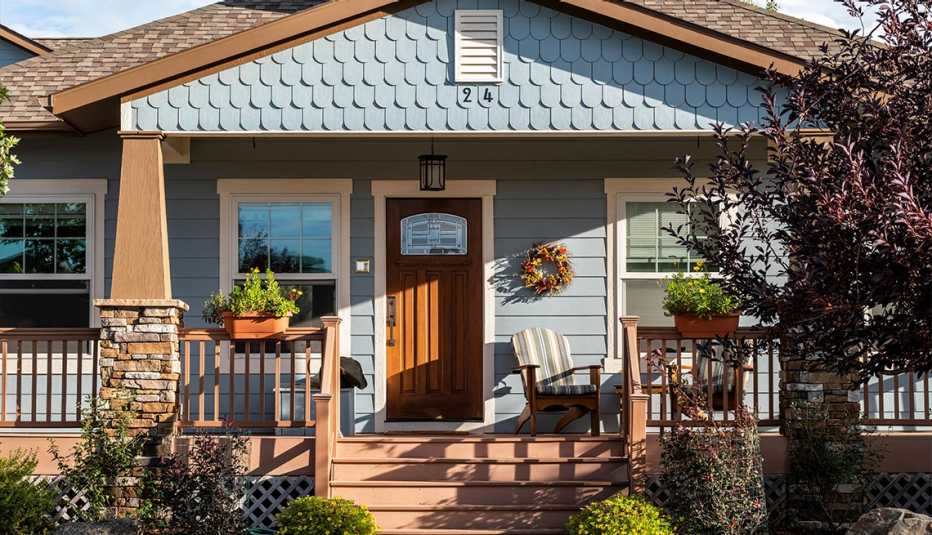
During the pandemic, people living and working at home 24/7 have had more than enough time to take note of imperfections or out-of-date features in their houses. At an unprecedented rate, many Americans dove in on DIY projects or worked with professional remodeling contractors to freshen and fancify their spaces, both inside and out.
Before you join the remodeling boom, take time to research and evaluate where your redesign budget can pack the most punch. Choose upgrades where you’ll see the most return on your investment — both now and in the future.
How can you tell which projects are more likely to add real, lasting value to your home? A lot of it is about making smart choices, home experts say.
If you’re looking to remodel to boost your home’s selling price, choose finishes, colors and styles that are timeless. Opt for materials that have wide appeal. And don’t get caught up in passing fads and be sure to prioritize lasting value.
“You have to be wary about doing things that are too taste-specific,” says Herman Chan, a top-ranked Realtor and associate broker with Golden Gate Sotheby’s in San Francisco. “Always think about how a project might appeal to people on the open market in the long run.”
Ready to make some upgrades but not sure where to start? Here are 23 projects that typically offer a great return on your investment. When done well, these projects will help boost your home’s overall appraisal value — and they’ll give you a lovely, freshened-up space to enjoy today and beyond.


AARP Membership— $12 for your first year when you sign up for Automatic Renewal
Get instant access to members-only products and hundreds of discounts, a free second membership, and a subscription to AARP the Magazine.
1. Start by decluttering
When it comes time to list your home for sale, you’ll want potential buyers to be able to envision themselves living in the space. They can’t do that if decades of your clutter get in the way.
“People won’t even come to look at a house that looks too small or too cramped,” says Jean Rosalia, a Realtor with Keller Williams in Virginia Beach, Virginia. Before listing your property, take time to remove personal family photographs, collectibles, knickknacks and other memorabilia. Clear countertops in the kitchen. Declutter rooms of excessively large or unnecessary furnishings. If necessary, rent a storage unit or moving pod to store clutter while your home is being shown to would-be buyers.
Removing personal items and downsizing furnishings and decor will help each room — and closet, pantry and drawer — in your house feel bigger, helping potential buyers get a better view of the square footage and storage potential your home offers. Decluttering will cost you nothing other than time (and a potential short-term storage unit fee), but it could add thousands to the amount you’re able to demand for your home when you’re ready to sell. Want proof? A 2015 Consumer Reports National Research Center survey suggested that homeowners could sell their home for 3 to 5 percent more simply by cleaning and decluttering.

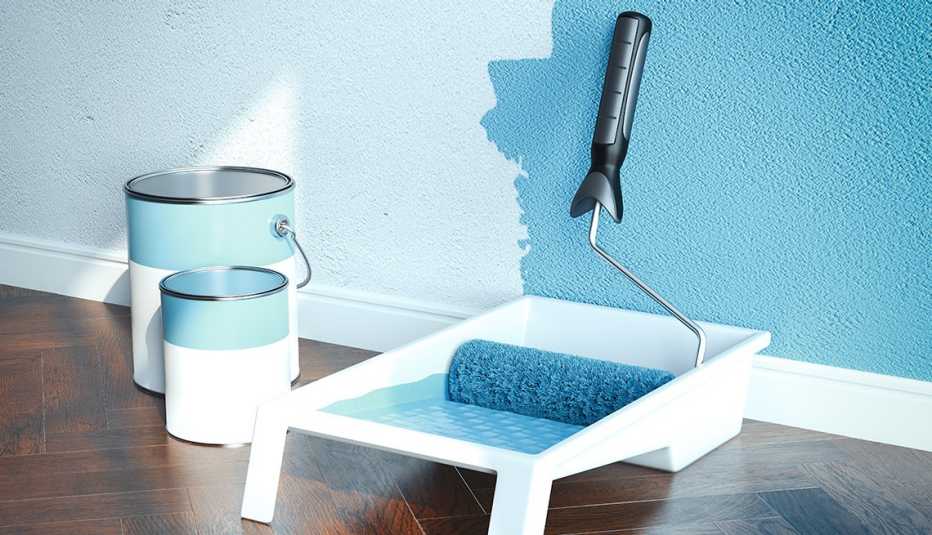
2. Fresh coat of paint goes a long way
When measuring the power of impact against cost of investment, few home upgrades beat cracking open a gallon or two of paint. A new coat of paint in a fresh, neutral color — such as soft grays, beiges or creams — can immediately transform dated or dinged-up walls into a backdrop that feels gleaming and new. DIYers can easily repaint an entire room for under $100, counting all paint and supplies, but the “wow” factor when you’re done will suggest you spent a lot more.
Not a DIYer? Even hiring a professional for a paint redo is relatively affordable, with most charging somewhere between $2 to $6 per square foot for interior paint jobs. Whether you’re considering a new color for your kitchen, living room, bedroom or bath, the value of a good paint transformation is hard to deny. In fact, 63 percent of Realtors encourage their clients to repaint walls before listing their homes in order to increase market value, according to the “2021 Profile of Home Staging” report published by the National Association of Realtors Research Group. “People do not understand how important paint is; it is the backdrop to everything,” says Chan, who specializes in the Bay Area luxury home market.
“Painting offers the highest-impact, lowest-cost change” to a room, and “it can cover a plethora of wrinkles,” he adds. Chan’s current go-to color recommendation for neutral walls: Swiss Coffee by Benjamin Moore.
3. Update your appliances
If your kitchen is stuck in the past, but you don’t have the budget for a total redesign, start by updating your appliances. “Many older homes may have a dated kitchen, but if they have upgraded and updated appliances, buyers are willing to move forward,” says Lisa Mathena, a broker and Realtor who heads an independent real estate brokerage in Georgetown, Delaware.
While new appliance finishes, such as bold colors and slate, are popping up in some designs, stainless steel appliances are still by far most homeowners’ preference. In fact, 75 percent of real estate agents said stainless steel remains the most in-demand appliance finish for potential buyers today, according to a 2019 report by HomeLight, a website that matches home buyers and sellers with high-performing real estate agents in their area, What’s more, the report suggests homeowners who spend an average of $4,229 on new stainless appliances can expect their home value to go up by an average of $5,982 — a net value gain.
While you’re upgrading, make sure the refrigerator, stove, dishwasher and microwave you choose are Energy Star–rated. According to the National Association of Home Builders’ “2021 What Home Buyers Really Want” report, 33 percent of home buyers view Energy Star appliances as a “must-have” feature.
4. Beautify the bathroom
If your bathroom feels dated to you, potential buyers will likely feel the same way. The good news is that you’ll likely recoup a large percentage of your bathroom renovation budget when you consider the post-upgrade, higher resale value of your home. Historically speaking, “the two best returns on investment are kitchen and bathroom remodels,” says Chris Egner, owner and president of Chris Egner Design-Build-Remodel in New Berlin, Wisconsin, and current board president for the National Association of the Remodeling Industry.
When modernizing your bathroom, opt for in-demand finishes like a dual vanity cabinet and sink, separate shower and tub, updated tiling and high-end faucets and light fixtures, if possible. While it may feel like a big undertaking, you’ll likely recover most of your investment. According to the “2021 Cost Vs. Value Report,” an annual Remodeling magazine report outlining average costs and expected resale value returns for common home renovation projects, homeowners can expect to recoup about 60 percent of their expenditures on a midrange bathroom remodel. In other words: if you invest around $24,000 on a bath redesign, you can expect your home value to rise by around $14,000 in the current market.
5. Focus on flooring
Have you been walking around for years on carpet or ceramic tile floors that are stained or out of date? Ripping them out in favor of luxury vinyl tile (LVT) or luxury vinyl planks (LVP) may be exactly the home refresh you’ve been looking for.
Today’s LVT and LVP aren’t yesterday’s bland linoleum. These modern products can mimic the look and feel of real hardwood, stone or ceramic tile floors, but with much less maintenance. “Most people, even in high-end homes, are moving away from hardwood, and especially carpet and tile, in favor of luxury vinyl plank or luxury vinyl tile,” Mathena says. “It’s all the rage now because it’s waterproof. It’s maintenance free. It doesn’t scratch. And it’s come a long way”
Expect to pay between $5 to $12 per square foot for high-end luxury vinyl flooring products, though basic vinyl flooring options are available for less.
6. Freshen up the front door
Want a simple, high-impact upgrade that you can tackle in one day? Paint your front door.
While a bright yellow, red or turquoise front door can add an immediate punch of personality to your home, if you’re painting from a value-added standpoint alone, you may want to go darker. In 2018, a report by Zillow, which analyzed photos and sales prices of 135,000 homes around the country, found that houses with black or charcoal gray front doors sold for $6,271 more than expected.
Whatever color you choose, remember that your front door is what welcomes guests and would-be buyers into your home. Make sure it’s making a good first impression. “You want your front door to be painted, stained or varnished, not sun-drenched,” says David LeBoy, a Realtor with Re/Max Space Center-Clear Lake in Houston, Texas.
Also, make sure your door is energy efficient and in good overall repair. If it isn’t, consider replacing it. “You don’t want to have broken glass in the leaded glass,” LeBoy adds. “The look of your front door is super important.”
7. Curate curb appeal
While a tidy entry door is an essential component of curb appeal, it’s not the only out-front element that deserves your attention. To wow passers-by — and secure enviable curb appeal — take time to pressure wash your front exterior, sweep away cobwebs and leaves, and repair or replace rusted or weatherworn light fixtures. Trim shrubs and front landscaping so that windows and sidewalks aren’t blocked and your home’s architectural elements aren’t hidden. Add some potted flowers to your front porch.
The attention you give to your home’s front façade matters: A recent study in The Journal of Real Estate Finance and Economics found that homes with strong curb appeal sell for 7 percent more, on average, than comparable homes with less-inviting exteriors. “Dollar for dollar, whatever you spend on the outside of your house, not only will you get it back, it will enhance the salability of your house,” LeBoy says.





























































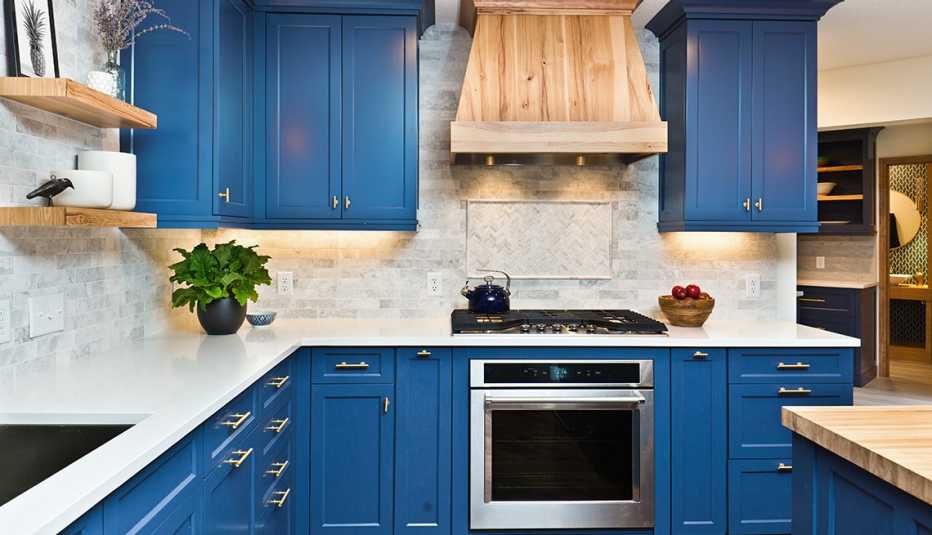
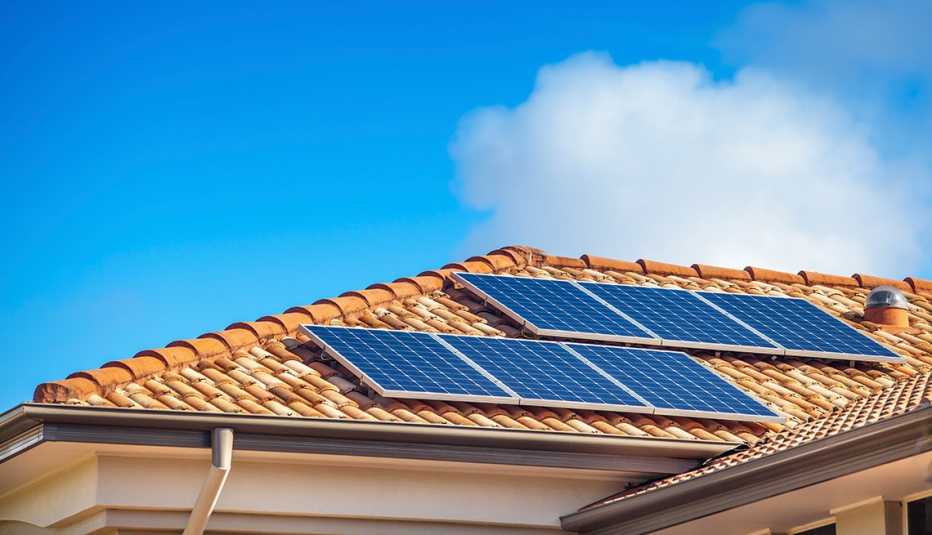
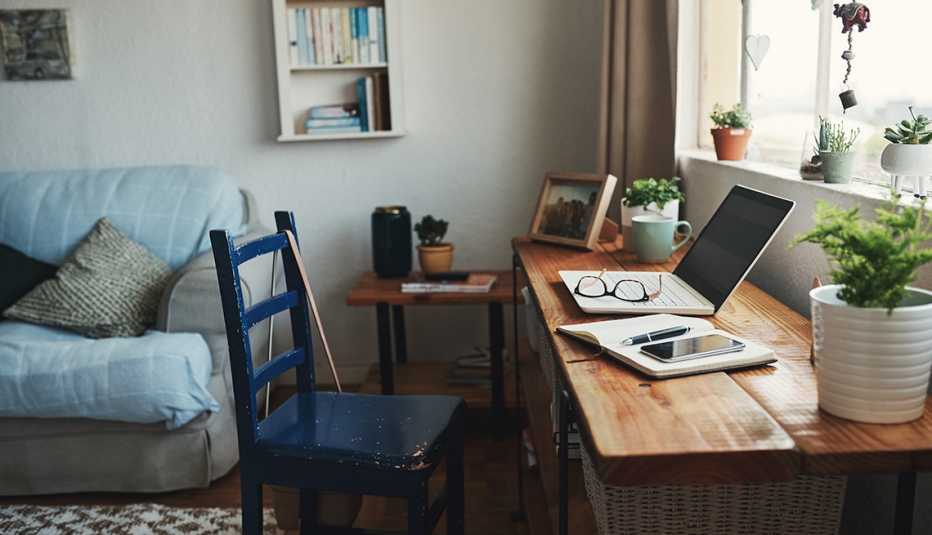




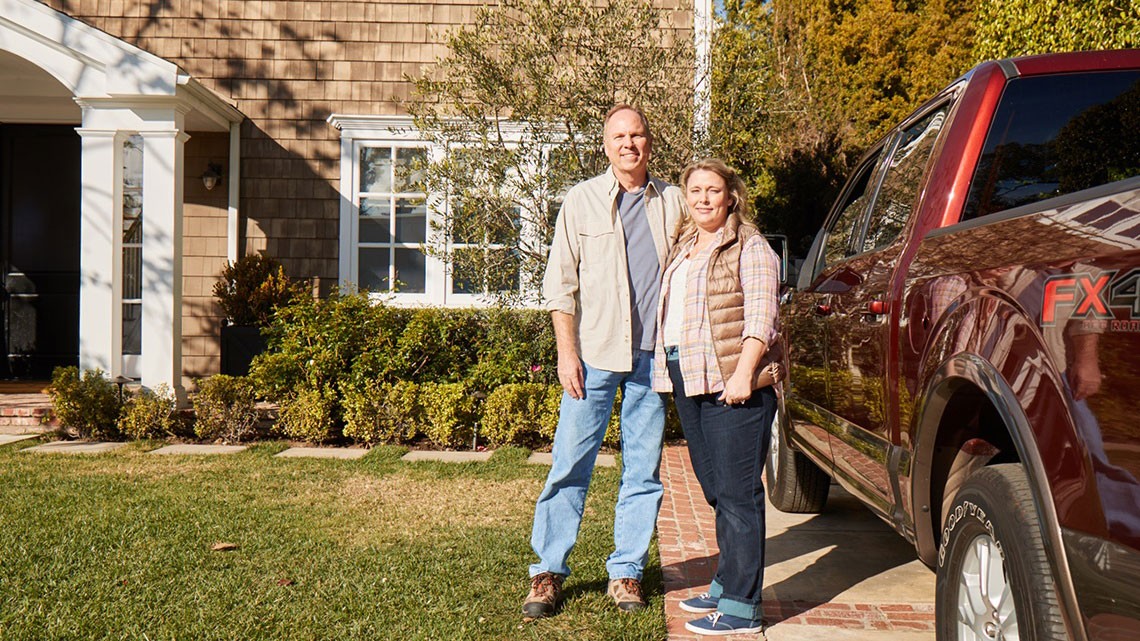

You Might Also Like
Simple Strategies to Declutter Your Home
Unsure what to purge? Follow these tips from expert organizers and clear your way to a happier space
Tutorial: Learn How to Journal with Watercolors
Artist Stan Fellows shows how journaling through art can enrich your life and help you find inner calm
Make Your Home Safer and More Secure
Simple tips that can protect you and your loved ones — and may even save your life